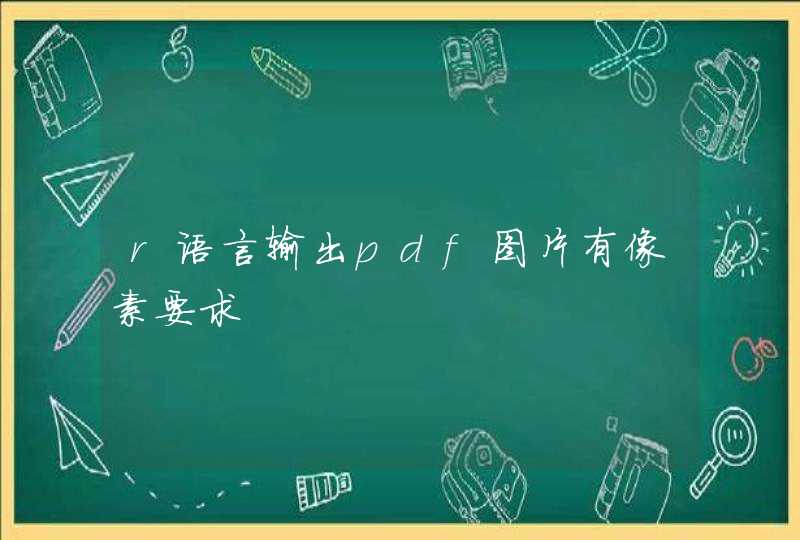
f=File.new(File.join("C:","Test.txt"), "w+")
f.puts("I am Jack")
f.puts("Hello World")
文件模式
"r" :Read-only. Starts at beginning of file (default mode).
"r+" :Read-write. Starts at beginning of file.
"w" :Write-only. Truncates existing file to zero length or creates a new file for writing.
"w+" :Read-write. Truncates existing file to zero length or creates a new file for reading and writing.
"a" :Write-only. Starts at end of file if file existsotherwise, creates a new file for writing.
"a+" :Read-write. Starts at end of file if file existsotherwise, creates a new file for reading and writing.
"b" :(DOS/Windows only.) Binary file mode. May appear with any of the key letters listed above
二、读取文件
file=File.open(File.join("C:","Test.txt"),"r")
file.each { |line| print "#{file.lineno}.", line }
file.close
三、新建、删除、重命名文件
File.new( "books.txt", "w" )
File.rename( "books.txt", "chaps.txt" )
File.delete( "chaps.txt" )
四、目录操作
1 创建目录
Dir.mkdir("c:/testdir")
04 #删除目录
05 Dir.rmdir("c:/testdir")
07 #查询目录里的文件
08 p Dir.entries(File.join("C:","Ruby")).join(' ')
10 #遍历目录
11 Dir.entries(File.join("C:","Ruby")).each {
|e| puts e
}
1、ARGV and ARGF
ARGV
ARGV <<"cnblogslink.txt"
#The gets method is a Kernel method that gets lines from ARGV
print while gets
p ARGV.class
ARGF
while line = ARGF.gets
print line
end
2、文件信息查询
#文件是否存在
p File::exists?( "cnblogslink.txt" ) # =>true
#是否是文件
p File.file?( "cnblogslink.txt" ) # =>true
#是否是目录
p File::directory?( "c:/ruby" ) # =>true
p File::directory?( "cnblogslink.txt" ) # =>false
#文件权限
p File.readable?( "cnblogslink.txt" ) # =>true
p File.writable?( "cnblogslink.txt" ) # =>true
p File.executable?( "cnblogslink.txt" ) # =>false
#是否是零长度
p File.zero?( "cnblogslink.txt" ) # =>false
#文件大小 bytes
p File.size?( "cnblogslink.txt" ) # =>74
p File.size( "cnblogslink.txt" ) # =>74
#文件或文件夹
p File::ftype( "cnblogslink.txt" ) # =>"file"
#文件创建、修改、最后一次存取时间
p File::ctime( "cnblogslink.txt" ) # =>Sat Sep 19 08:05:07 +0800 2009
p File::mtime( "cnblogslink.txt" ) # =>Sat Sep 19 08:06:34 +0800 2009
p File::atime( "cnblogslink.txt" ) # =>Sat Sep 19 08:05:07 +0800 2009
3、查找文件
puts "查找目录下所有文件及文件夹"
Dir["c:/ruby/*"].each {|x|
puts x
}
puts "条件查询"
Dir.foreach('c:/ruby') {
|x| puts x if x != "." &&x != ".."
}
puts "查找某一类型文件"
Dir["*.rb"].each {|x|
puts x
}
puts "Open 查询"
Dir.open('c:/ruby') { |d| d.grep /l/ }.each{|x| puts x}
puts "---------------------------"
puts "正则表达式查询"
Dir["c:/ruby/ruby/[rs]*"].each{|x| puts x}
puts "------------------------"
Dir["c:/ruby/[^s]*"].each{|x| puts x}
puts "------------------------"
Dir["c:/ruby/{ruby,li}*"].each{|x| puts x}
puts "------------------------"
Dir["c:/ruby/?b*"].each{|x| puts x}
puts "查找目录及子目录的文件"
require 'find'
Find.find('./') { |path| puts path }
3、查询目录及子目录文件
require "find"
Find.find("/etc/passwd", "/var/spool/lp1", ".") do |f|
Find.prune if f == "."
puts f
end
原型:ref.find( [ aName ]* ) {| aFileName | block }
prune:Skips the current file or directory, restarting the loop with the next entry. If the current file is a directory, that directory will not be recursively entered. Meaningful only within the block associated with Find::find.
4、文件比较 复制等
require 'ftools'
File.copy 'testfile', 'testfile1' » true
File.compare 'testfile', 'testfile1' » true
把结果直接写到txt文件里面就可以了。out =File.open("out.txt","w")
out.puts result
out.close
这个怎么说好呢,它们无非就是一些运算符而已,每个符号的用法也有很多种,具体怎么用可以通过看书、看例子来学习,没必要一下记住那么多。比如:
%#取余运算,如8%3=2
{}#可用在输出,如输出y的值:puts"#{y}",也可用在Hash表如 $R_Key_Hash = {}
. #一般表示某种属性或方法,如对于一个窗口,self.x = 0 表示这个窗口的x坐标为0。
又如
Class Person
def Hello
puts "Hello,my name is Tom."
end
end
p=Person.new
p.Hello #执行这个程序就会输出 Hello,my name is Tom.
? #表判断,如opacity = black_color ? 255 : 128,这个意思是如果是黑色,就不透明,否则为128
, #逗号在数组中较常见,如a = ["1","2","3"],数组a的三个元素依次是1,2,3
‘ #这个在对文件的操作比较常见,如下例:
if Dir.glob('txt').size == 0 #如果文件夹txt不存在
Dir.mkdir('./txt') #那么生成一个名字叫txt的文件夹
end
! # 表示 非 如 if x != 2 表示如果x不等于2
: #这个可能用在属性里
如:
class Game_Picture
attr_reader :number # 图片编号
attr_reader :origin # 原点
attr_reader :x# X 坐标
attr_reader :y# Y 坐标
attr_reader :tone # 色调
attr_reader :angle# 旋转角度
end
#分号的话,一般是写程序每行结束才用到,但其实ruby的每行结束是可以不用分号的,回车换行就行,我也只是在用Interactive Ruby编译器时才会用分号
从我上边的回答可看出,基本每个符号都用几种用法,平时多学习,多积累就好了



































































